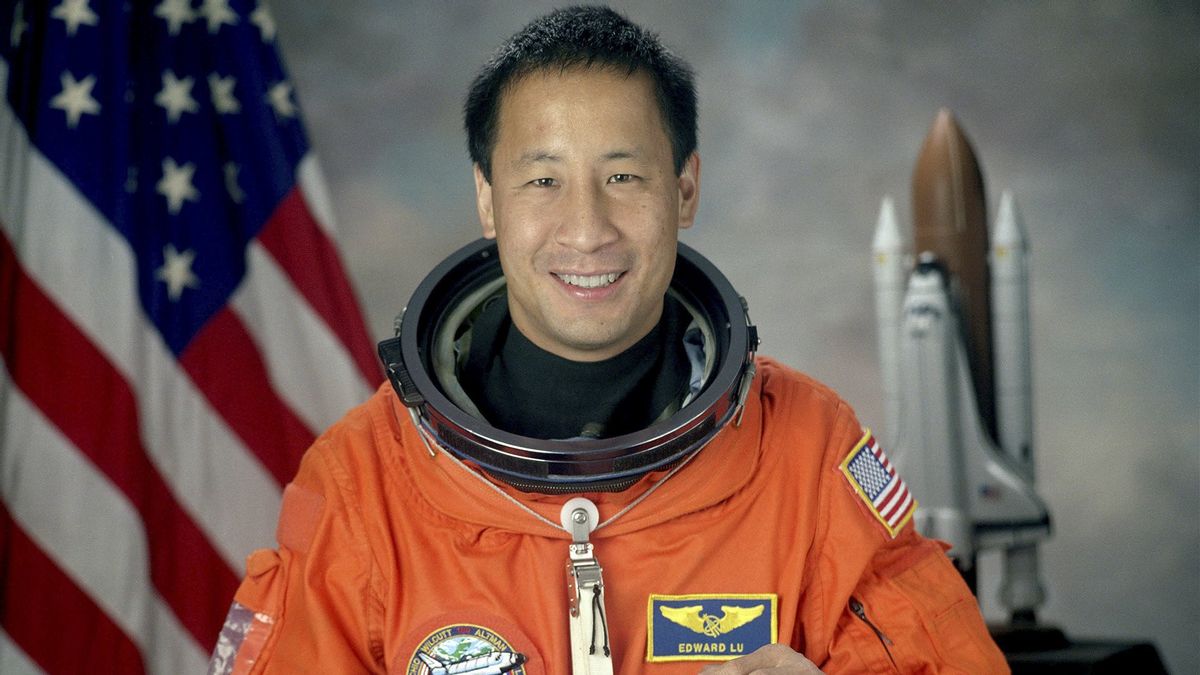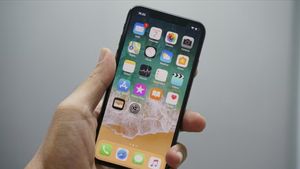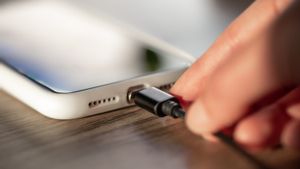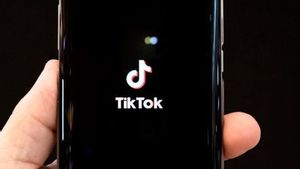JAKARTA - Astronomers and Data Scientists with the support of computing power from Google have discovered 27,500 new asteroids. Some of them are even very close to Earth.
Their collaboration aims to accelerate the development of the 'comprehensive map of the solar system' needed for 'planetary defense,' according to Harvard's astrophysical expert Matthew Holman, who helps develop asteroid tracing software.
Nearly 1.7 billion points of light, documented in 412,000 infrared images from the US National Optical-Infrared Astronomy Research Laboratory (NOIRLab) archive, were scanned by the project's 'killer' asteroid tracking algorithm.
This is very important, as said by a former NASA astronaut who led the project. This is the key to protecting Earth from asteroid collisions: knowing where everything is.
Since 2002, the former retired NASA astronaut, Dr. Ed Lu, has served as executive director of the nonprofit organization B612, where he now leads the group's Institute of Asteroids.
"Currently, we are one of the greatest inventors of asteroids on Earth," said Dr. Lu. He also explained his team's identification of tens of thousands of new asteroids.
"But what makes this interesting is that we don't have a telescope. We don't operate the telescope. But we did this from a data science perspective," he said.
The B612 Asteroid Institute algorithm - known as the Tracklet-less Heliocentric Orbit Recovery, or THOR - filters the archival of astronomical images of NOIRLab to distinguish which points of reflected light are actually adjacent asteroids.
THOR can calculate, based on evidence from just two pictures, sometimes taken on different nights and through two different telescopes, whether the point of light is actually an asteroid orbiting our solar system.
"What's interesting is that we use electrons in the data center, in addition to ordinary photons on the telescope, to make astronomical discoveries," said Dr. Lu.
The THOR algorithm was designed by the B612 Asteroid Institute in collaboration with the Washington University DiRAC Institute.
The raw computing power needed to identify viable asteroid candidates across images of these different telescopes in the past must have made this process nearly impossible, even recently.
However, Google Cloud's distributed computing network allows THOR to identify 27,500 new asteroid discovery candidates that 'with high confidence' within about five weeks.
SEE ALSO:
"This is an example of what might be," said Massimo Mascaro, a technical director for the chief technology officer's office at Google Cloud.
According to a press statement from the non-profit organization B612, their collaboration with Google Cloud will ultimately see THOR work at 5.4 billion observations from a survey of astronomy and different equipment - sky mysteries that may prove to be asteroids or other space objects.
The Asteroid Institute announced that it is also exploring the possibility of using Google's artificial intelligence technology in an attempt to automate the checking and verification of potential asteroid candidates, as first reported by their THOR algorithms.
In the past, initial verification of these candidates was left to a group of volunteers in the form of high school students, undergraduate students, postgraduate researchers, scientists, and professional astronomers.
However, if the expansion of their artificial intelligence-assisted project succeeds, Dr. Lu said that a reduction in this time-consuming human verification work would help the institute adapt the THOR process to a much broader and broader set of astronomical data, as is coming soon from the Vera C. Rubin Observatory, which is currently being built in Chile.
"This is a big change," said Dr. Lu.
The English, Chinese, Japanese, Arabic, and French versions are automatically generated by the AI. So there may still be inaccuracies in translating, please always see Indonesian as our main language. (system supported by DigitalSiber.id)


















